12 Ways to Lose Weight Simply by Walking
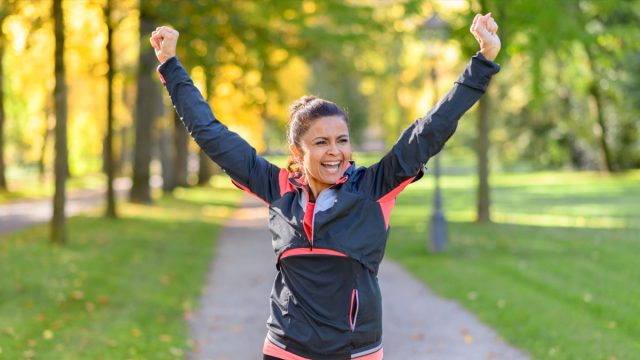
Walking is one of the most overlooked activities that has a wide array of health benefits, including weight loss. If you like counting steps, your goal should be 10,000 or more, which is about 5 miles. Don't let those numbers overwhelm you. We have dozens of opportunities throughout the day to add in the steps; it's all about your mindset. Here are my top 12 ways to use walking as your weight loss activity of choice.
1. Put Some "Pep in Your Step"

Put some "pep in your step." Walking a bit faster during your daily routine helps to burn additional calories and kicks on the metabolism. Any time we can turn on the metabolism, we become more efficient at burning calories throughout the day.
2. Take 5-Minute Walk Breaks

Do you spend endless hours at your desk? For every hour at the desk, take a five-minute brisk walk. By the end of an 8-hour workday you would have turned on your metabolism 8 times, left work with a 40-minute workout under your belt, and created a moment to reset the mind from the day's craziness.
3. Take a Nature Walk

A stressed body easily stores fat. I know, this is harsh to hear, but so true. At moments of stress, taking a walk in nature can help to reset the mind. Not to mention the calories burned at the time of activity, and the stress reducing effects that will help the body shed some weight.
4. Walk Around the House
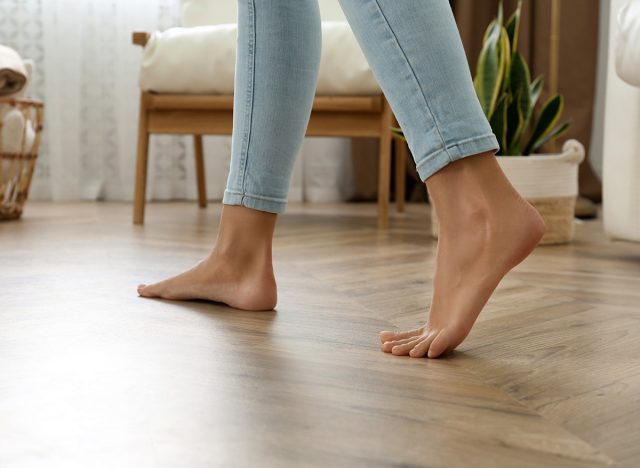
Walking at home? Yup, there is no rule that you have to walk a distance for benefits. Walking in place or walking around the house can have a positive effect on weight loss. Playing around with speed or tempo helps the body burn extra calories. Blasting your favorite music and walking in place, can be a fun way of incorporating some steps into your day.
5. Street Sign Relay
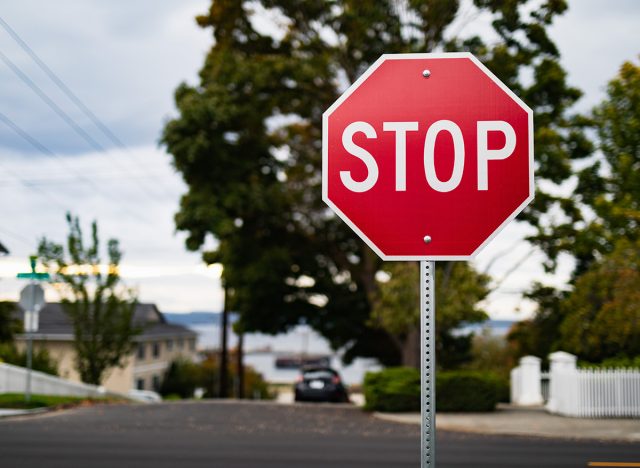
Street Sign Relay: When taking a walk outside, use the street signs to create speed intervals. Faster to the stop sign and slower to the next street sign. This moves your heart rate up and down, helping to burn more calories, strengthen the heart, and make the workout more interesting.
6. Treadmill Cardio
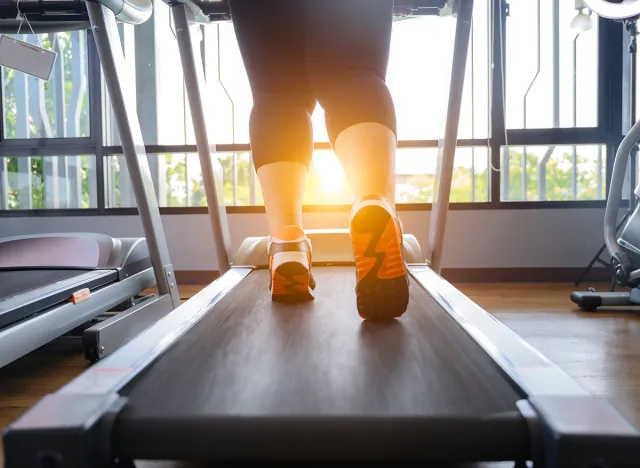
Do treadmill cardio. If the outside elements are not in your favor, the treadmill is the next best thing. Treadmills absorb the forces on the body and can easily change intensity and speed. This allows you to manipulate your workouts easier, all while keeping you in your target zone.
RELATED: 12-3-30 Walking Method: 20 Proven Tips to Lose Weight Faster
7. Keep Yourself in a Target Zone
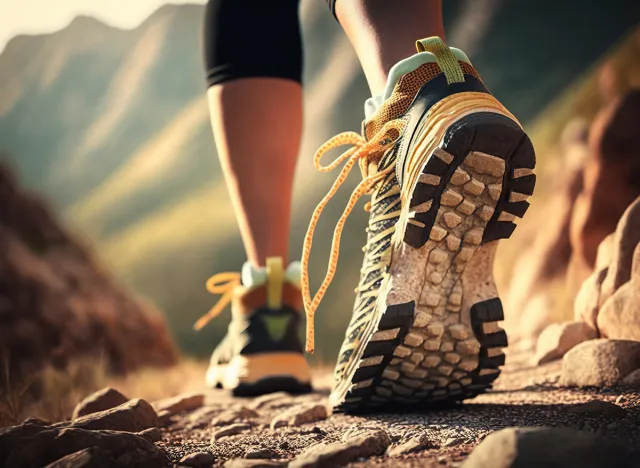
No matter how you squeeze in the walks, keeping yourself in a target zone allows the body to shed off excess weight easier. If you listen to your breathing, you have two choices. While you speak, there is a little bit of breathiness in between a few words, this is a good thing, this means you're working hard, but not too hard, and you're in your fat burning zone. On the other hand, if your breath is labored and your words are not clear, you're working too hard, and no longer burning fat.
Related: Top 5 Tips for Losing Weight the Healthy Way, According to a Weight Loss Expert
8. Walk Up and Down Inclines

Go for the highs and lows. Having the ability to walk up and down hill challenges the body more and makes it easier to burn calories. This can easily be done outdoors or on a treadmill. Working your way up to the point of breathiness, then working your way down to catch your breath, then going back up again.
9. Take the Stairs
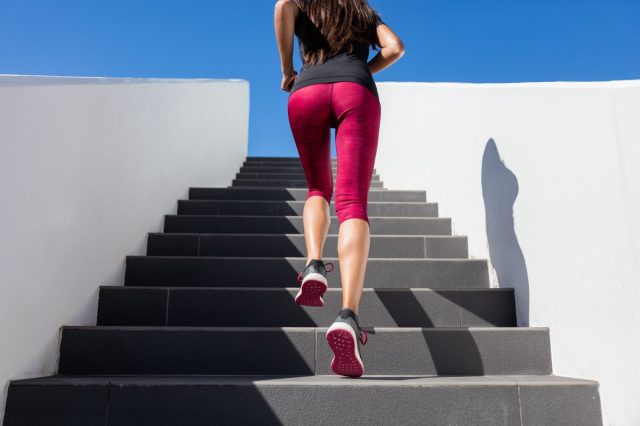
Take the stairs. The stairs bring in those high and lows, creating an efficient workout that can be performed in one session or throughout the day. If you work at an office, opt for the stairs and not the elevator, even though you may only be going up one flight of stairs – every step counts!
10. Get Steps in All Day Long

Sweat the small stuff and take every opportunity to make your steps count. Park further away, take the stairs, move with conviction. On an average day of errands and daily tasks, getting in over 10,000 steps can be pretty easy – it's all about mindset. We tend to go for convenience, parking next to the door, using the elevator, these things make it harder and harder to lose weight. Use any moment you can to walk, then the exercise doesn't seem so daunting.
11. Walk Around the City

Walk the city When you walk the city streets, be it your own or on a trip, there is so much more to see and many of the things you see when walking you will never see from the car. Walking the city can positively change the experience. A new building is being built, a park just appeared, or history on display. This is a great way to take your weight loss program to another level. This is where walking blends into experience and miles feel like step away.
12. Challenge Yourself
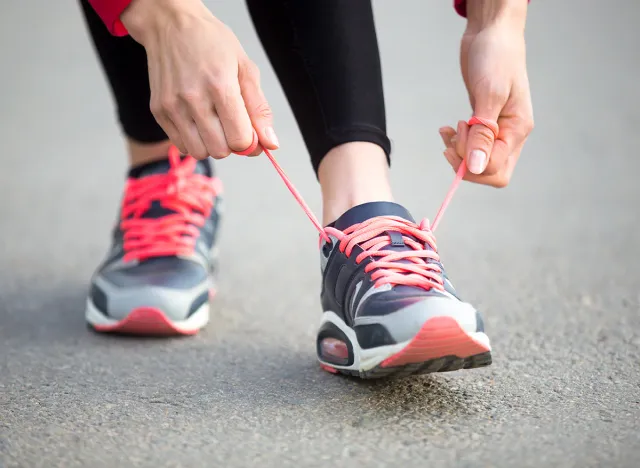
When it comes to weight loss, you want to challenge your body and heart at a consistent rate. Although you can accomplish this in one sitting, the benefits from breaking it up throughout the day far exceed. Creating moments to walk with purpose keeps the metabolism going, strengthens the heart, and provides an array of health benefits that will last a lifetime.
💪🔥Body Booster: Try walking for 5 minutes every hour. In 10 hours you will have walked a total of 50 minutes, which will add up to a huge chunk of your daily step goal.
Adita Yrizarry-Lang is a Holistic Lifestyle Coach, Author, and Speaker




